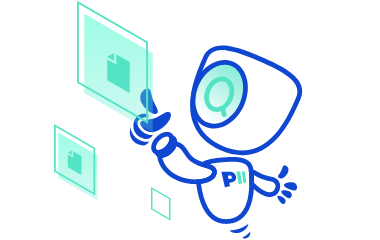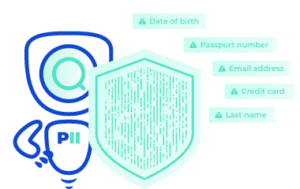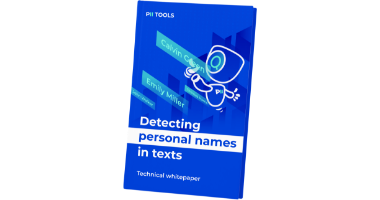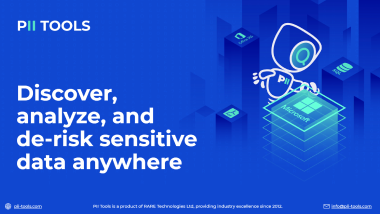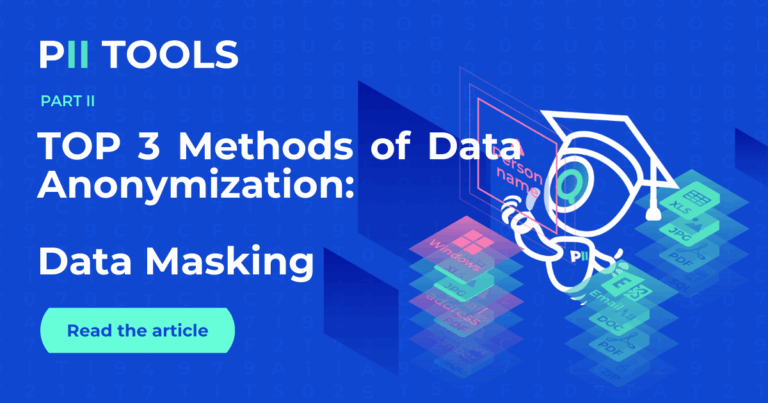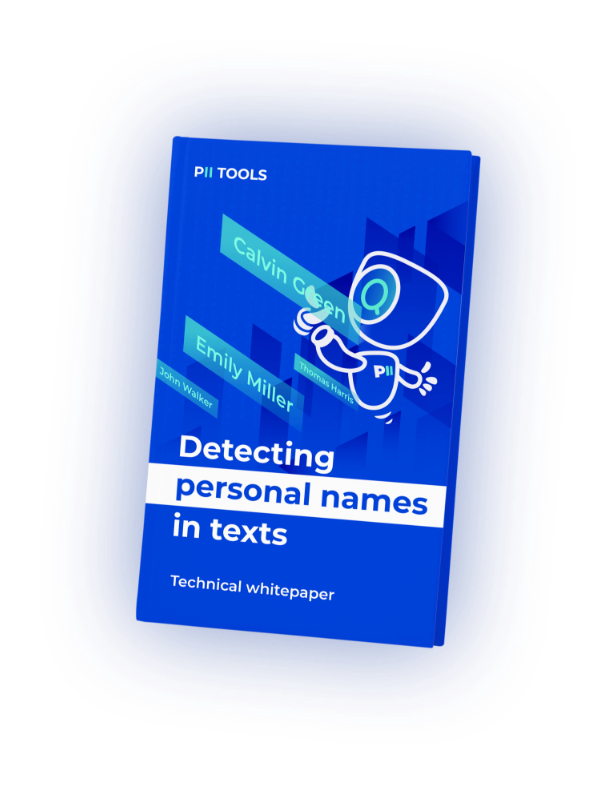The best way to safeguard sensitive data is to keep it out of sight — and out of reach.
Part 2 of this 3-part mini-series explores Data Masking and the irreversible role it plays in PII protection. Let’s get into it.
What is Data Masking
Data masking is a non-reversible transformation process that “masks” sensitive data by partially or fully replacing characters with a symbol, such as an asterisk (*) or hash (#).
This is a relatively common practice that we’ve likely all encountered. But it’s worth mentioning its basic purpose to know if it’s the best case for you. The goal of PII masking is to remove any sensitive information while maintaining the same data structure.
Masking enables data to be used in various applications, allowing companies, institutions, hospitals, and other organisations to process sensitive data without it being directly visible to unauthorized personnel.
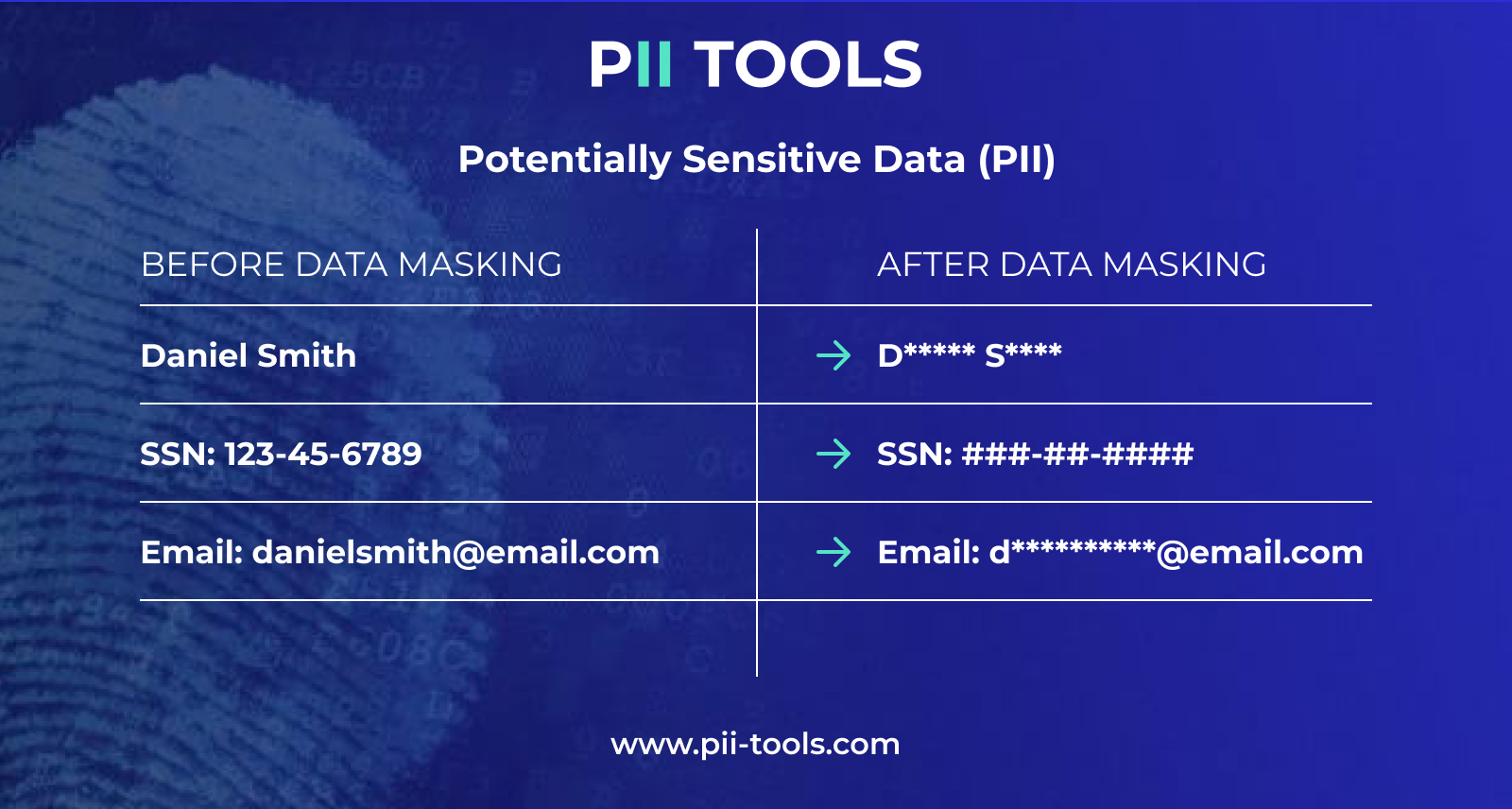
Data Masking is Irreversible
When masking sensitive and private data, that same information from the original document becomes permanently obscured.
Now, reversible methods also exist, namely encryption and tokenization. So, how do you choose?
Opting for sensitive data masking or a non-permanent alternative depends on your end goal. Encryption and tokenization indeed allow users to revert the hidden data to its original form, but they require securing and maintaining keys or token databases.
On the other hand, data masking is often viewed as being both safer and simpler. Since the character transformation is permanent, the at-risk data is no longer viewable by wandering eyes (looking at you, third parties). Plus, the sensitive data remains usable in various applications while still being completely “invisible”.
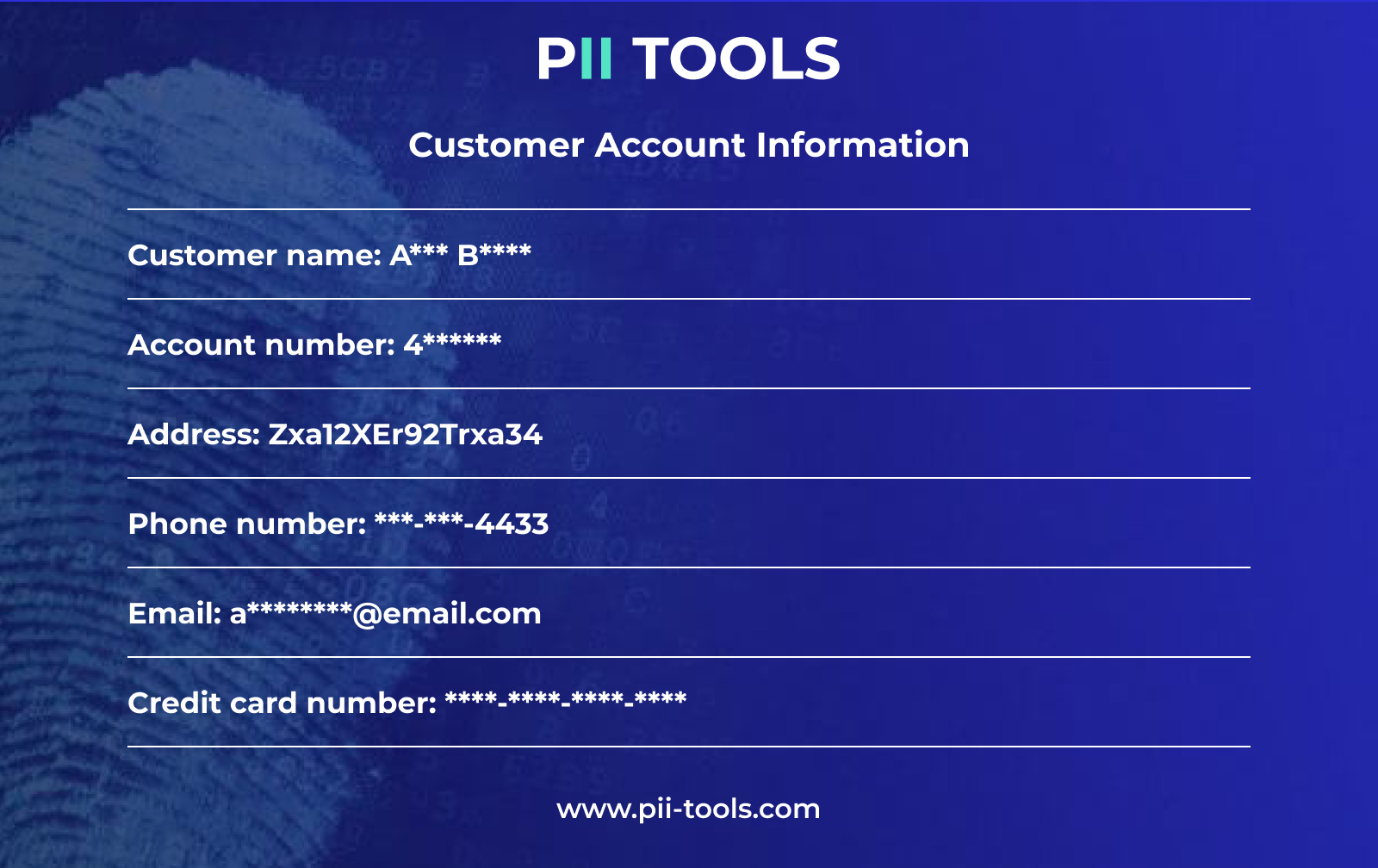
Sensitive Data Anonymization
Data anonymization comes in many shapes and sizes. That’s why this 3-part mini-series continues with one more entry dedicated to Data Redaction. This method of protecting PII is often used by governments when releasing just enough “classified” information to keep the public at bay.
But sensitive data and PII redaction also plays an important role for organizations worldwide as a type of effective data anonymization. Be sure to check out the final article to find out which option is best for you!
Fast and Effective Data Masking? PII Tools Has You Covered!
